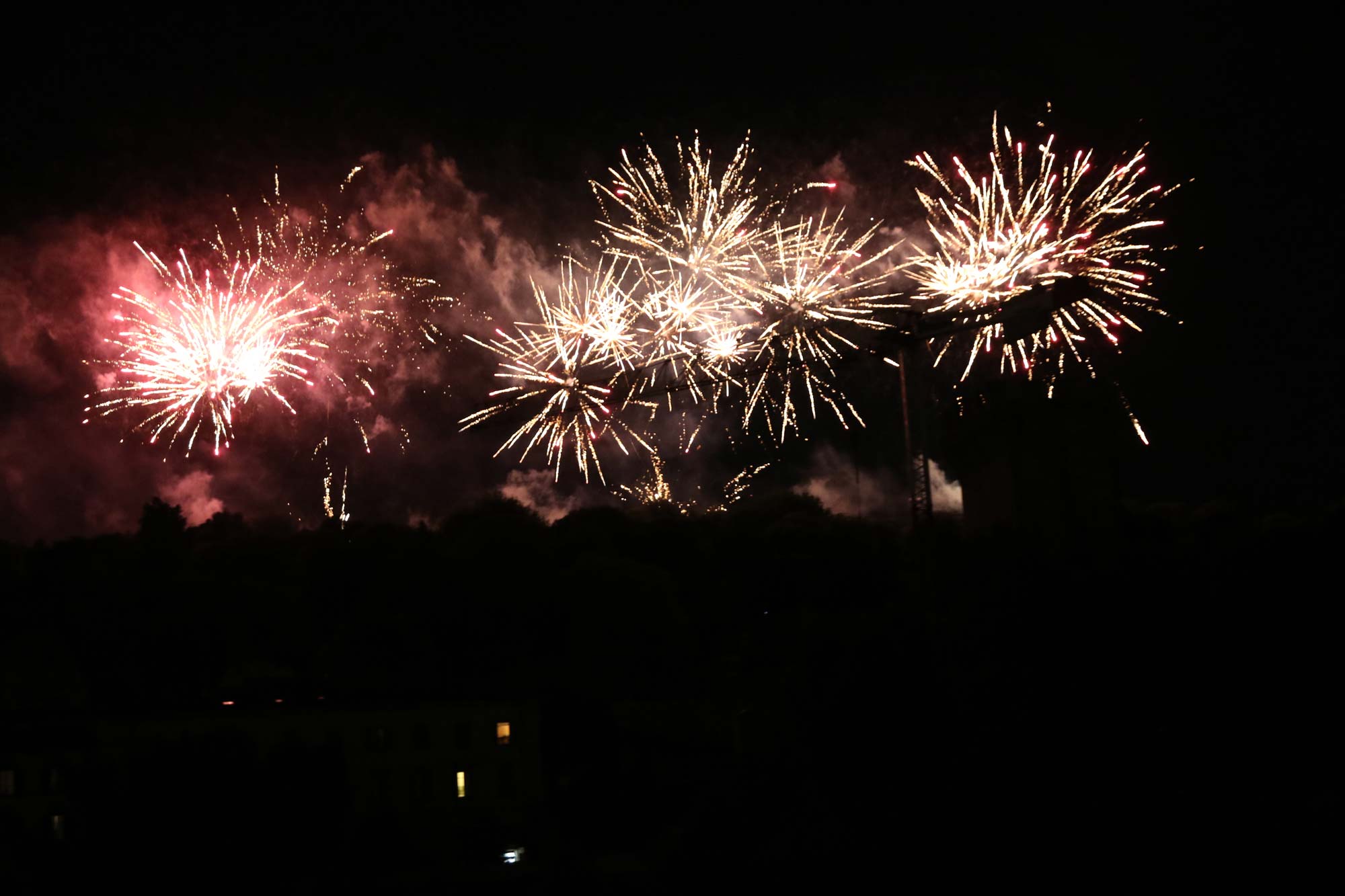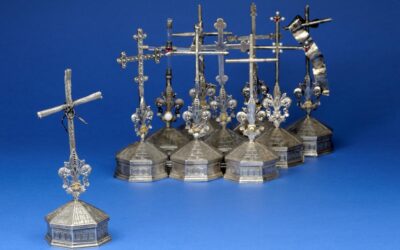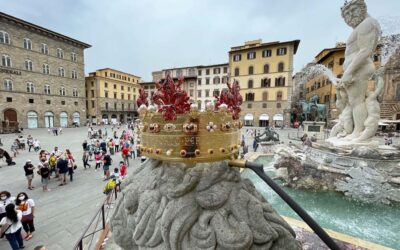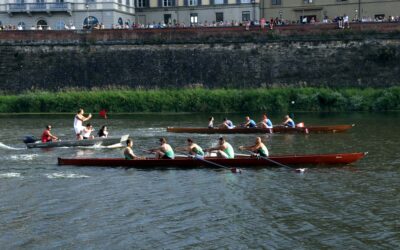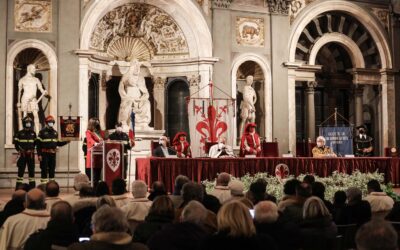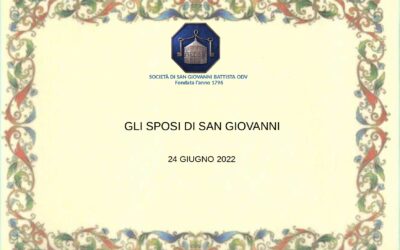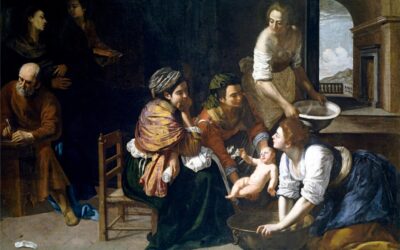The “Fochi”, the fireworks display with which Florence celebrates its patron saint, has been held since the twelfth century, organized in ancient times by the Art of Calimala.
Since 1796 it is the Society of St. John the Baptist Odv to organize for the City of Florence “Fochi” every year more spectacular and increasingly admired by all those who, on the evening of June 24, pour out on the banks of the Arno or crowd the terraces to be flooded with so much auspicious light.
An ancient and indispensable tradition, but with high costs.
A burden once covered by the great Florentine families and later by extremely generous donations from local banks and today by Fondazione CR Firenze.
Do you want to support the Fochi but you don’t know how? Here’s how!
Ecco come!
Become the protagonist of our project and help us to maintain the tradition of the “Fochi” of Florence.
Every year
Do you want to watch the Fochi from a privileged position with a seat on the Lungarno della Zecca Vecchia?
Every year the Society of St. John the Baptist offers its members and those who support the tradition of the Fochi a place in the reserved area on the Lungarno della Zecca Vecchia.
Subscribe to our newsletter to not miss the directions for next year!
Do you really care about the Fire and want to make us a liberal donation?
Bulletins or postal transfers
Payable to: Società di San Giovanni Battista Odv
Conto Corrente Postale N° 13309505
IBAN: IT 12 D 07601 02800 000013309505
Causal: Fochi
Bank transfers
Payable to: Società San Giovanni Battista Odv
Banca IntesaSanpaolo
IBAN: IT 06 N 0306902887100000000 917
Causal: Fochi
Are you an entrepreneur? Do you have a company?
Do you have the opportunity and the desire to support this important tradition of your city in an important way?
Contact us now! tel.+393343842716 or write to info@sangiovannifirenze.it
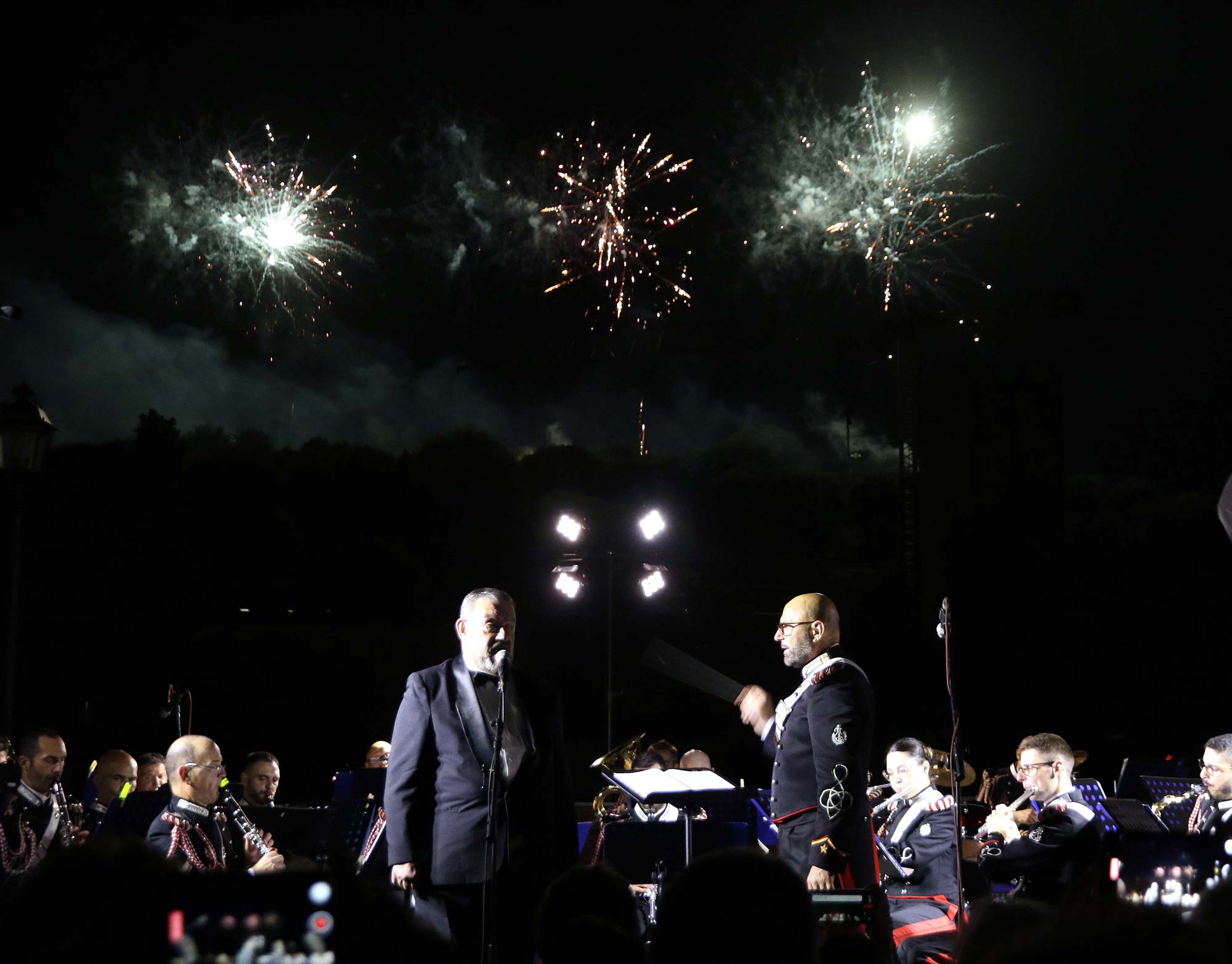
HISTORY
St. John the Baptist became patron saint of the city of Florence in Christian times, supplanting the previous protector, the god Mars, whose statue adorned the access to the Ponte Vecchio until 1313 when it was dragged away by a flood and never found again.
Of that ancient pagan heritage, Florence has preserved the tradition of the fires that celebrated the summer solstice. From sunset on the 24th, in fact, the city was invaded by the “Fires of joy”.
The main ones were lit by burning bundles of brooms in Piazza Signoria, on the Loggia dell’Orcagna, while on the stands of Palazzo Vecchio and all around the square were lit large basins filled with tallow that fed a large wick. But the whole city was illuminated by fires and even more in the surrounding countryside that were dotted everywhere with large bonfires around which they celebrated until dawn.
In the fourteenth century, the introduction of gunpowder found Florence at the forefront in the peaceful use of this resource in festivals of joy and joy, but condemned to extinction in the city the tradition of bonfires, which instead continued in the countryside almost to the present day.
The construction of the main “Girandola” became almost an art, a work of engineering in which several artists ventured. Among others, Niccolò di Raffaello del Riccio, known as il Tribolo, an excellent woodworker, sculptor and architect who was born in Florence in 1500, stood out.
With the Medici the fireworks had a great development, in particular with Cosimo I who made some beautiful machines in various forms supported in the air with much artifice and full of worked fires that are commonly said to be pinwheels.
It seems that these pinwheels were built under the guidance of the architect Bernardo Buontalenti who showed in Florence the most wonderful worked fires that had ever been seen and among these the artificial pinwheels and for this reason he was from then on nicknamed “Bernardo delle Girandole”.
The Society of St. John has always organized the fireworks that are currently exploded from Piazzale Michelangelo.
